If you've ever heard the riddle, “What animal can jump higher than a house?”, you might be stumped at first. The trick is in the comparison itself: houses can't jump! So, technically, any animal can jump higher than a house. But let’s dive deeper into the fascinating world of animal jumpers, looking at creatures that can jump impressive heights relative to their own size, and exploring the physics and biology that allow them to achieve such feats.
Jumping is a fundamental survival skill for many animals. It allows them to escape predators, catch prey, and navigate complex terrains. The power behind an animal's jump comes from the rapid release of energy stored in its muscles. Certain animals have evolved specialized muscles, tendons, and limb structures that enable them to leap extraordinary distances.
Let’s take a look at some of the world’s most remarkable animal jumpers, categorized by their ability to leap great heights or distances.
While tiny, fleas are champions when it comes to jumping. These parasitic insects can jump over 150 times their own body length, which would be equivalent to a human jumping the length of a football field. In terms of height, fleas can leap vertically up to 8 inches (20 cm). This may not sound like much, but considering their size (about 0.1 inches or 2.5 mm), this is a monumental feat.

Kangaroos are synonymous with powerful jumps. Known for their massive hind legs and long tails used for balance, these Australian marsupials can jump as high as 10 feet (3 meters) in a single bound and cover distances of 30 feet (9 meters) horizontally. Their impressive jumping ability is a key adaptation for covering vast distances in the arid Australian outback while conserving energy.
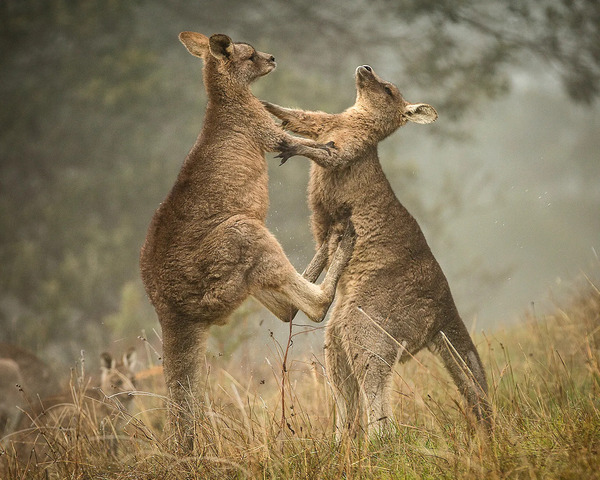
Certain species of tree frogs, particularly the Wallace's flying frog, are excellent jumpers. Tree frogs have specialized toes with sticky pads that allow them to grip surfaces before launching into the air. Some species can leap up to 50 times their body length, allowing them to move swiftly between trees or avoid predators.

Hares, especially the European hare, are known for their extraordinary speed and jumping prowess. They can jump up to 12 feet (3.7 meters) horizontally and about 5 feet (1.5 meters) vertically. Their muscular hind legs allow them to escape predators with sudden, high jumps, making them some of the most agile mammals.
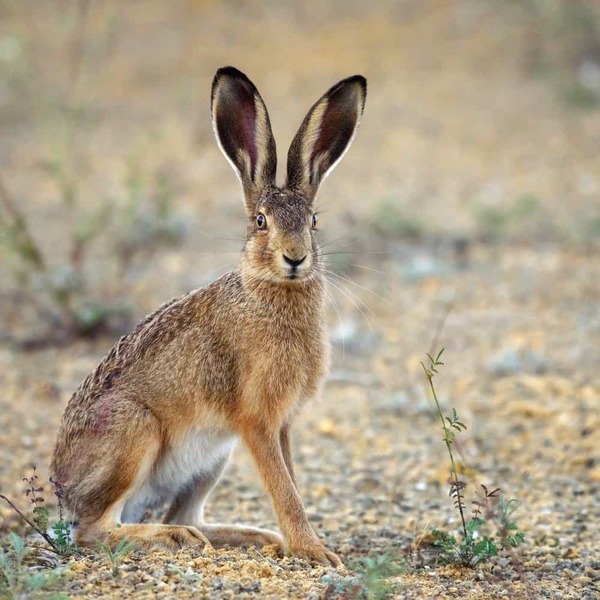
The red kangaroo is the largest species of kangaroo and one of the best-known jumpers. It can leap up to 10 feet (3 meters) high and cover distances of 40 feet (12 meters) in a single jump. Its powerful hind legs are designed for endurance and strength, making it one of the most efficient jumpers in the animal kingdom.
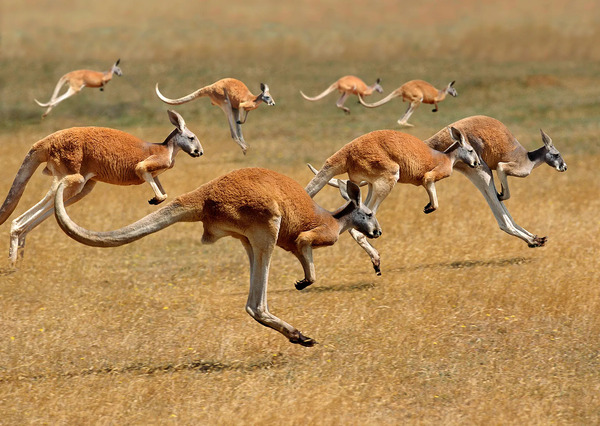
Living in rocky, mountainous environments, mountain goats have evolved to become incredible jumpers. While they don't leap to extreme heights, they can jump 12 feet (3.7 meters) from cliff to cliff with precision and balance, using their hooves to grip tiny ledges.
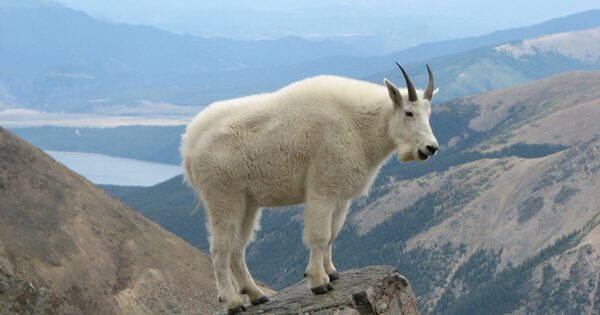
Also known as mountain lions, cougars are powerful and stealthy predators. They can jump vertically up to 18 feet (5.5 meters) from a standing position, giving them an advantage when pouncing on prey or navigating rocky terrain.

Grasshoppers are some of the best-known insect jumpers, able to leap distances 20 times their body length. This ability allows them to escape quickly from predators or move efficiently across grasslands.
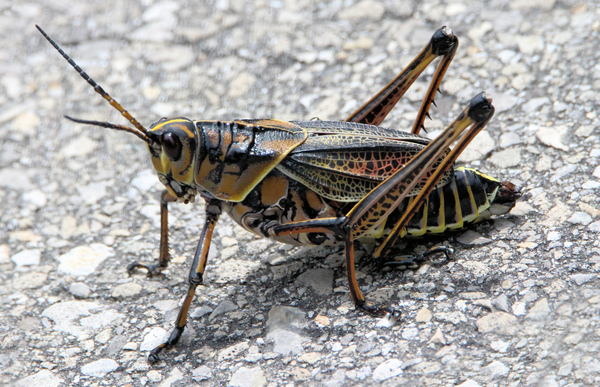
The impala, a species of antelope, is famous for its extraordinary leaps. It can jump up to 10 feet (3 meters) high and 33 feet (10 meters) horizontally. This ability helps the impala evade predators in the African savannah by rapidly bounding away in a zigzagging motion.
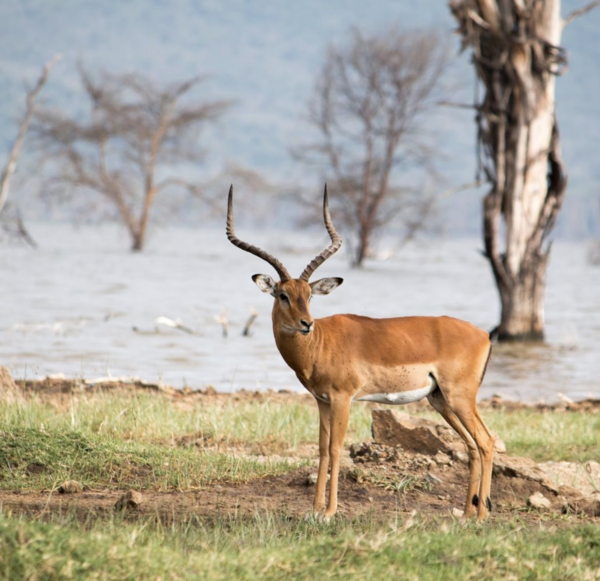
While not often thought of as “jumpers,” dolphins are incredibly agile in the water. They can leap up to 15 feet (4.5 meters) above the water’s surface. dolphins.html">Dolphins use their streamlined bodies and powerful tails to launch themselves out of the water, often seen performing playful acrobatics in the wild.

The ability of animals to jump high or far is based on several factors:
Muscle Strength: Strong muscles in the legs or hind limbs are essential for propelling an animal off the ground or out of the water.
Elastic Tendons: Some animals, like frogs and fleas, rely on the elasticity of their tendons to store and release energy quickly, enabling them to leap high.
Body Size: Smaller animals, like insects, tend to have more efficient jumping abilities relative to their size, while larger animals rely on muscle power.
Environmental Adaptations: Many animals have evolved their jumping abilities to suit their environments. For instance, mountain goats jump from rock to rock, while kangaroos leap across vast open plains.
The original question, “What animal can jump higher than a house?” is a playful riddle. Since houses are inanimate objects and cannot jump, every jumping animal can outjump a house. However, it's interesting to compare the heights and distances that different animals can jump, showcasing the incredible adaptations that allow them to thrive in their environments.
In the end, any animal can jump higher than a house, but some animals are true masters of leaping. From the tiny flea that can leap hundreds of times its body length, to the powerful cougar that can jump over 18 feet high, the animal kingdom is full of extraordinary jumpers. These animals use their jumping skills for hunting, escaping predators, and surviving in challenging environments. While a house will always remain stationary, animals have evolved incredible abilities to move through their world with agility and speed.
animal tags: Dolphins
We created this article in conjunction with AI technology, then made sure it was fact-checked and edited by a Animals Top editor.